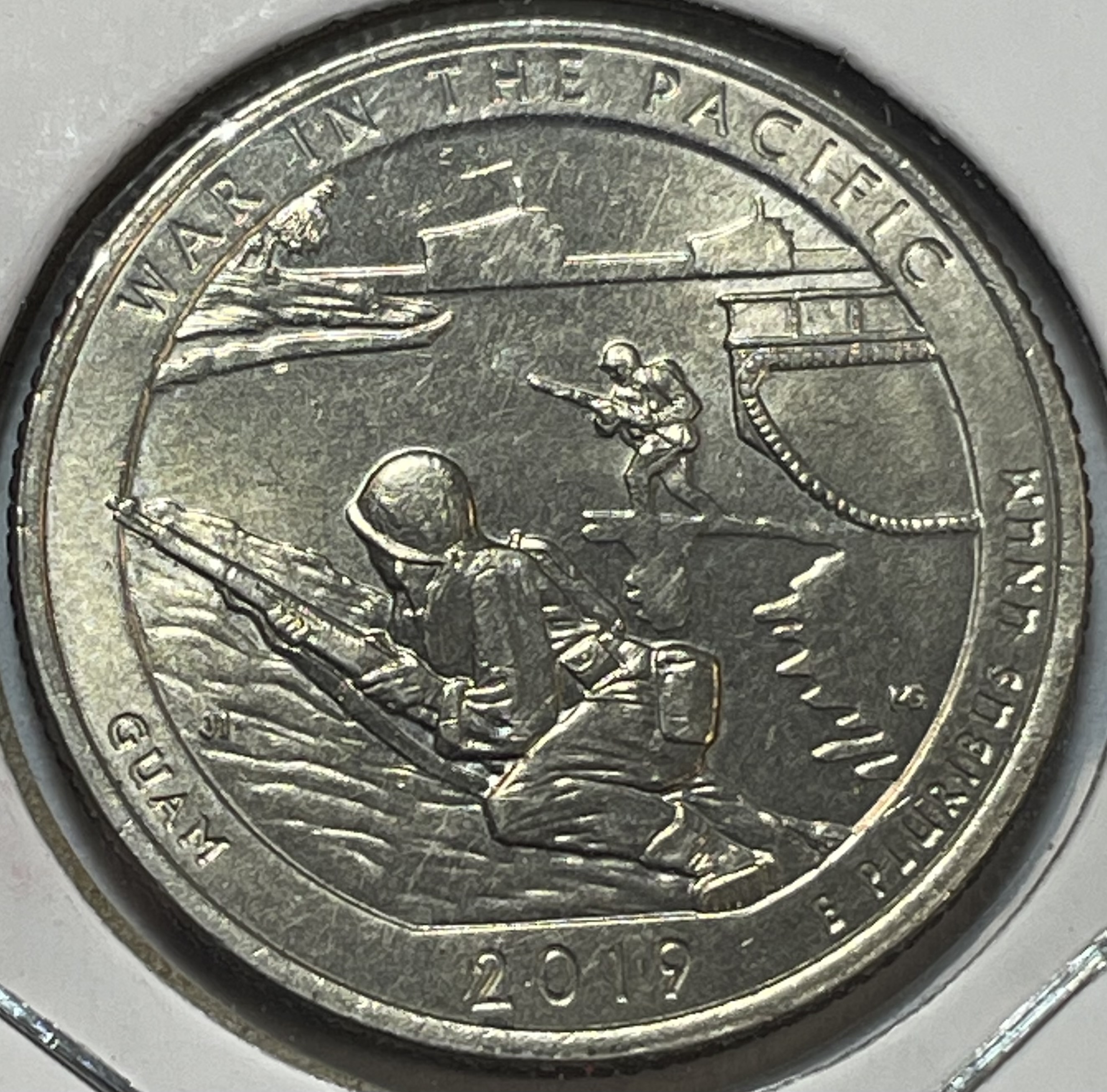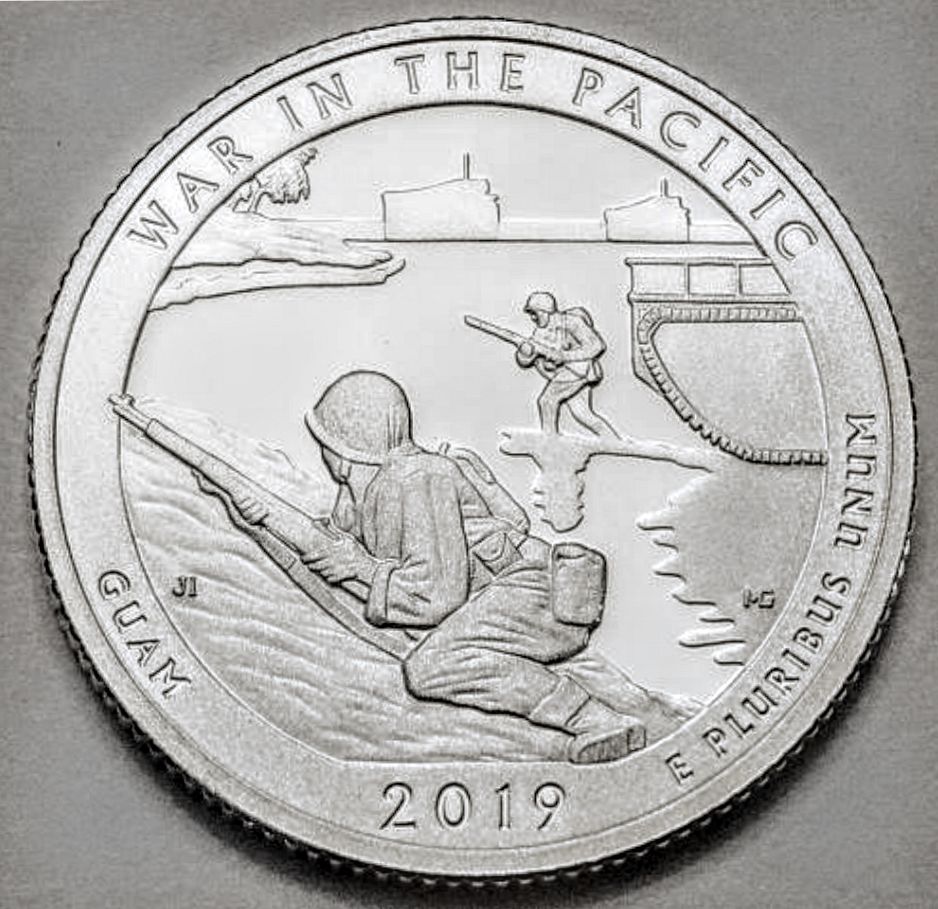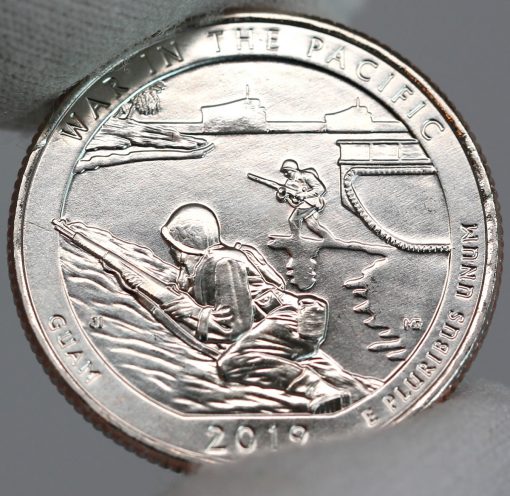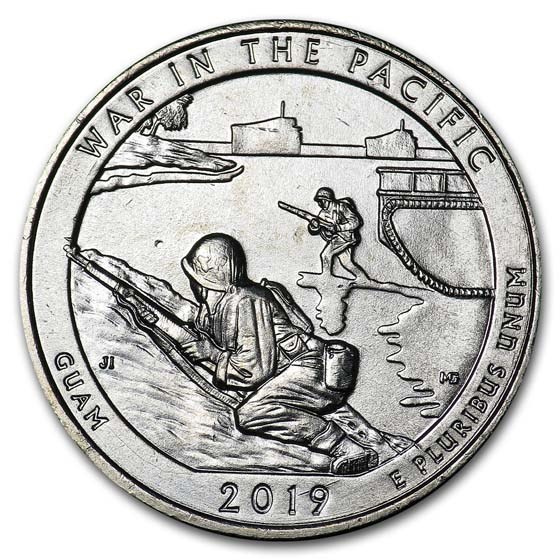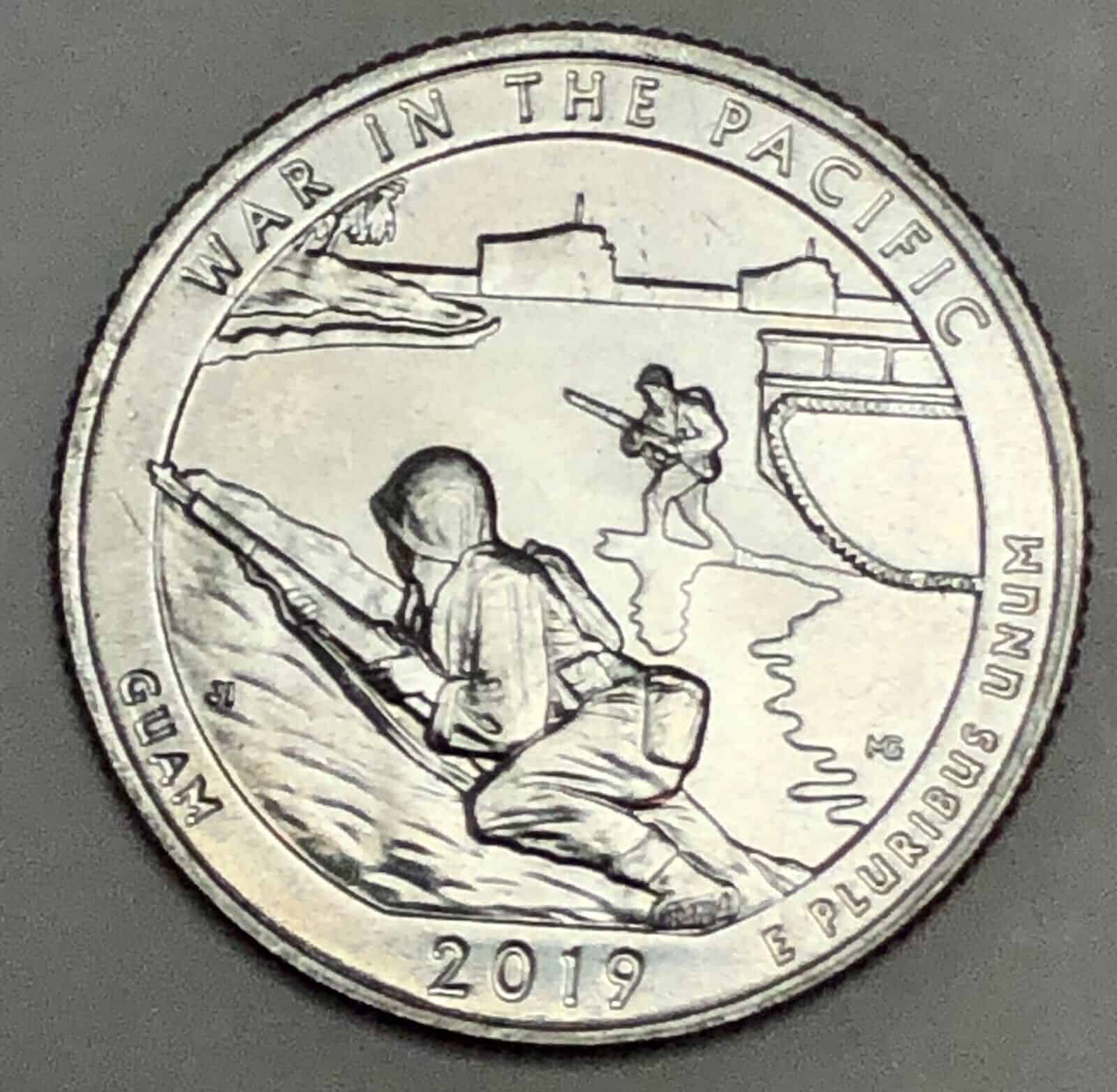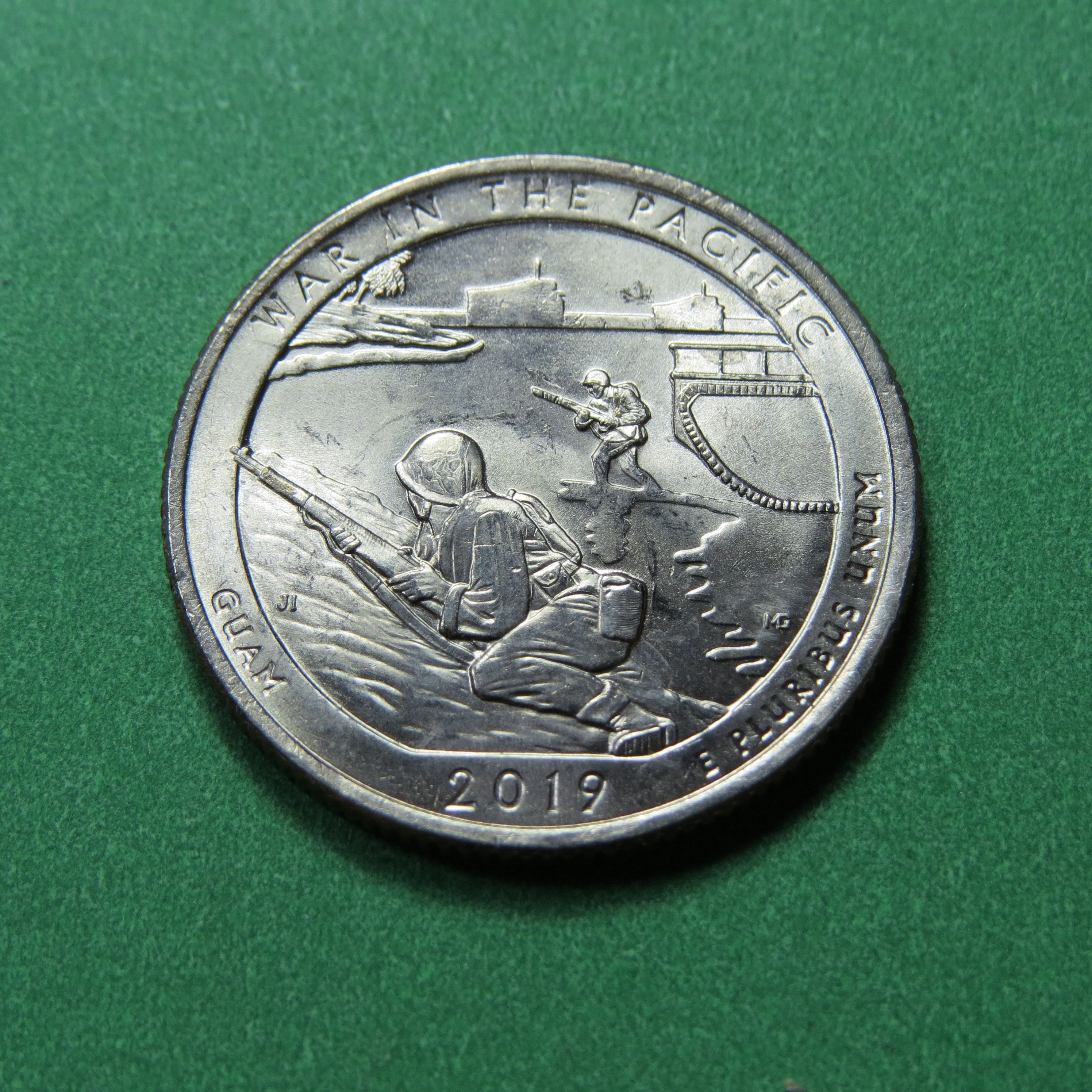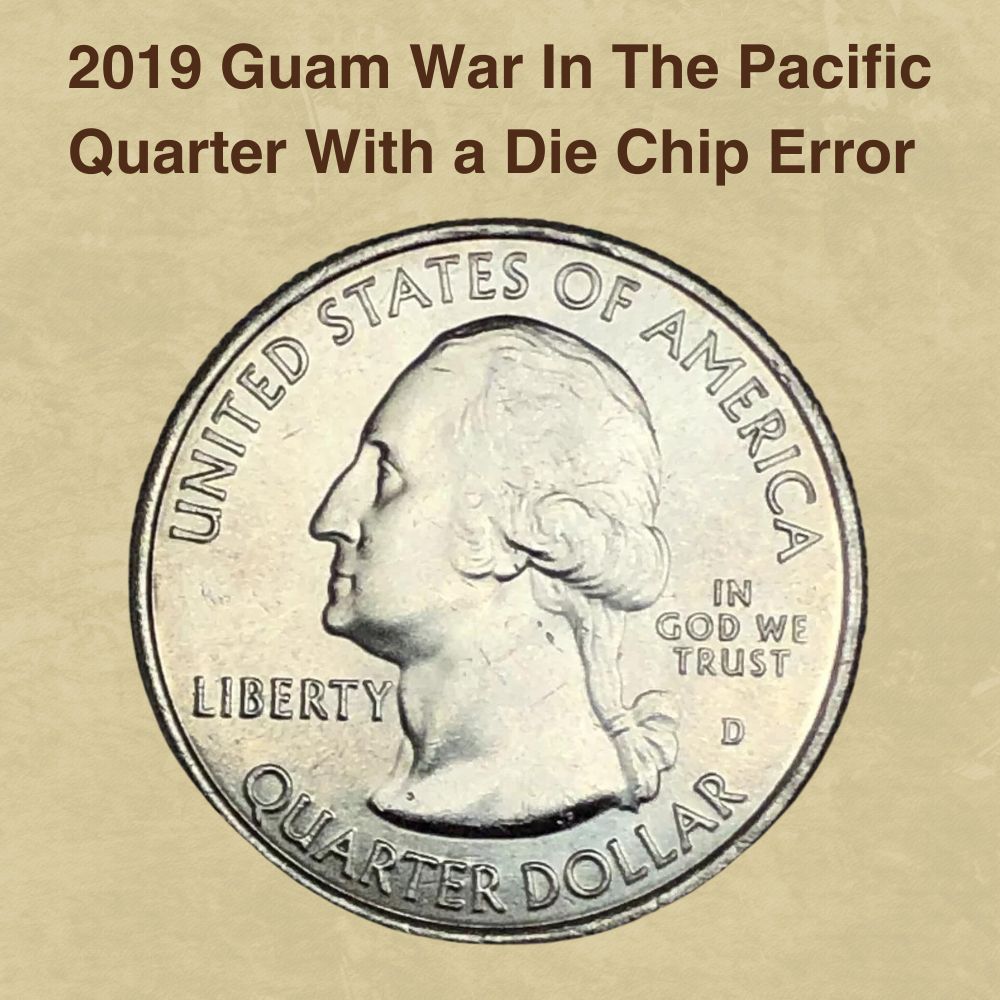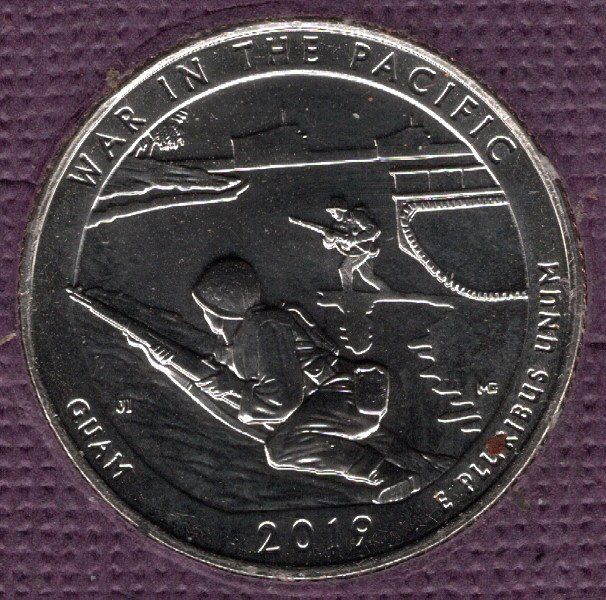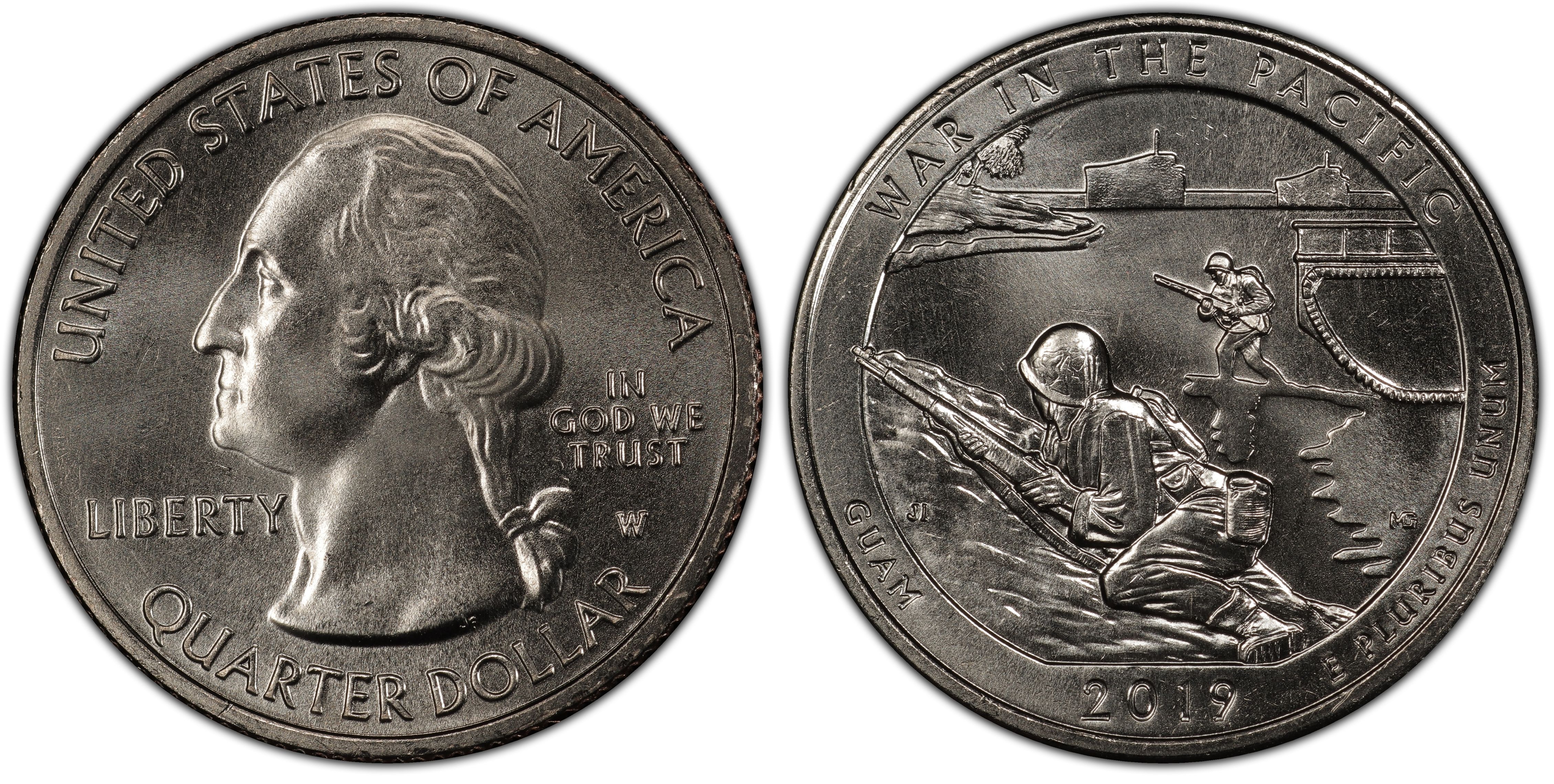War In The Pacific Quarter Value
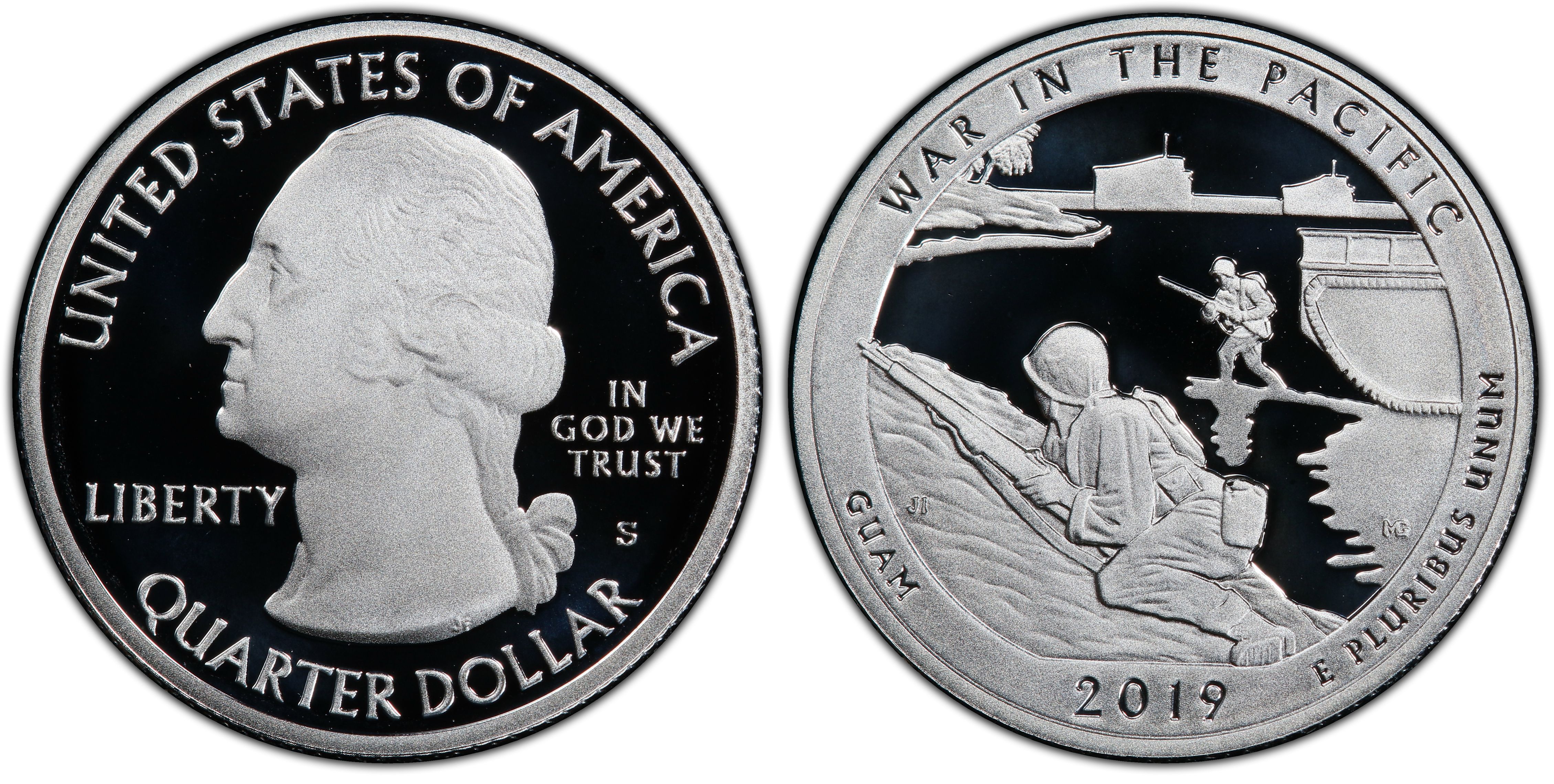
A seemingly innocuous piece of pocket change, the War in the Pacific quarter, is currently causing ripples of concern and debate among collectors, historians, and numismatists. Far from a stable collectible, its value has become increasingly volatile, mirroring the turbulent economic climate and fluctuating collecting trends.
This article delves into the factors driving the fluctuating value of the War in the Pacific quarter. It explores the impact of mintage numbers, condition, grading services, and market speculation on its worth. The analysis also includes expert opinions and market data to offer a comprehensive understanding of this coin's perplexing trajectory.
The Coin Itself: A Brief Overview
The War in the Pacific quarter is part of the United States Mint's "America the Beautiful Quarters Program," a series that honored national parks and sites in each state, district, and territory.
This particular quarter, released in 2020, commemorates the National Park of American Samoa, a place intimately connected to the historical events of the Pacific Theater during World War II. The design features a Samoan fruit bat mother hanging from a tree branch with her pup, symbolizing the park's crucial role in preserving this endangered species.
Factors Influencing Value
Several factors influence the perceived and actual value of any collectible coin, and the War in the Pacific quarter is no exception.
Mintage and Availability
The number of coins produced, or mintage, is a primary factor influencing value. Coins with lower mintages are generally more valuable, as scarcity drives up demand.
While the exact mintage figures are publicly available from the U.S. Mint, understanding how these figures compare to other quarters in the series is crucial. The War in the Pacific quarter’s mintage is comparable to other quarters in the series, and the mintage is not low enough to cause a spike in value due to scarcity.
Condition and Grading
The condition of the coin significantly impacts its value. Coins are graded on a scale from Poor (PR) to Perfect Mint State (MS70), with higher grades commanding substantially higher prices.
Professional grading services like the Professional Coin Grading Service (PCGS) and the Numismatic Guaranty Corporation (NGC) assess and encapsulate coins, providing a standardized assessment of their condition. A higher grade coin, certified by a respected grading service, can fetch a significantly higher price than an ungraded coin in similar condition.
Market Speculation and Demand
The coin market, like any market, is subject to speculation and shifts in demand. Trends, media attention, and collector interest can all influence a coin's perceived value.
A sudden surge in interest, perhaps due to a viral social media post or a feature in a popular collecting magazine, can temporarily inflate prices. Conversely, a decline in overall collector activity can lead to decreased values.
Currently, with the pandemic having reduced significantly, the collector activity is decreased because of collectors going back to work.
Metal Content and Intrinsic Value
While the War in the Pacific quarter is primarily made of copper with a nickel cladding, its intrinsic metal value is negligible. Its value derives almost entirely from its collectible nature and numismatic qualities.
The Current State of Affairs
Recent market data suggests a mixed picture for the War in the Pacific quarter.
Uncirculated examples can be found for close to face value, while high-grade specimens, particularly those graded MS67 or higher by PCGS or NGC, command significantly higher premiums.
Online auction sites and coin shows reflect this trend, with prices varying widely based on grade and certification.
According to data from Greysheet, a respected price guide in the numismatic industry, the wholesale prices for this quarter in circulated grades are not significantly above face value. However, certified uncirculated examples continue to trade at a moderate premium.
Dr. Emily Carter, a prominent numismatist and author, noted in a recent interview, "The War in the Pacific quarter, while a visually appealing and historically significant coin, has not yet achieved the status of a key date or rare variety."
She further explained that "Its value is largely dependent on condition and collector demand, which can fluctuate significantly based on broader economic factors and prevailing trends."
Expert Opinions and Collector Perspectives
Collector forums and online communities are rife with discussions and debates about the War in the Pacific quarter.
Some collectors express enthusiasm for the coin's design and historical significance, while others view it as a relatively common coin with limited long-term investment potential.
One seasoned collector, identified as "CoinHunter42" on a popular numismatic forum, stated, "I personally like the design, but I'm not expecting it to make me rich. It's a nice piece to add to my collection, but I'm not holding my breath waiting for it to skyrocket in value."
Looking Ahead: What to Expect?
Predicting the future value of any collectible coin is fraught with uncertainty.
However, based on current trends and expert analysis, it is likely that the War in the Pacific quarter will remain a relatively common coin, with its value largely dependent on condition and certification.
Potential future events, such as the discovery of a rare variety or a significant surge in collector interest, could alter this trajectory. But for now, it is best viewed as a modest addition to a collection, rather than a high-yield investment.
Ultimately, the value of the War in the Pacific quarter is subjective, residing in the eye of the beholder. While financial gains are possible, the true value lies in the coin's historical significance and its connection to the nation’s rich heritage.


